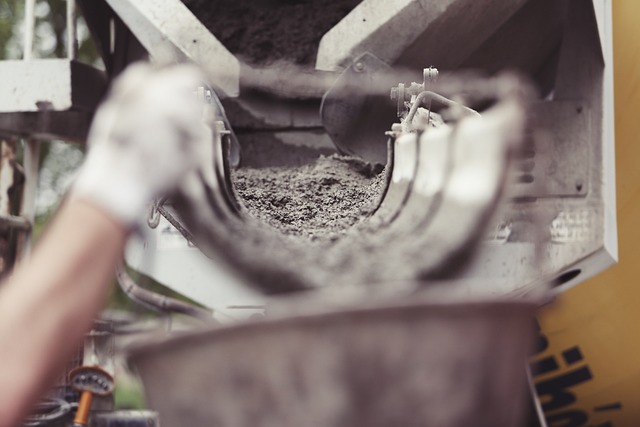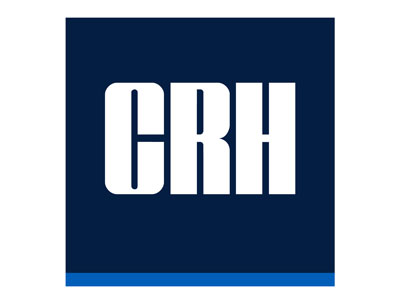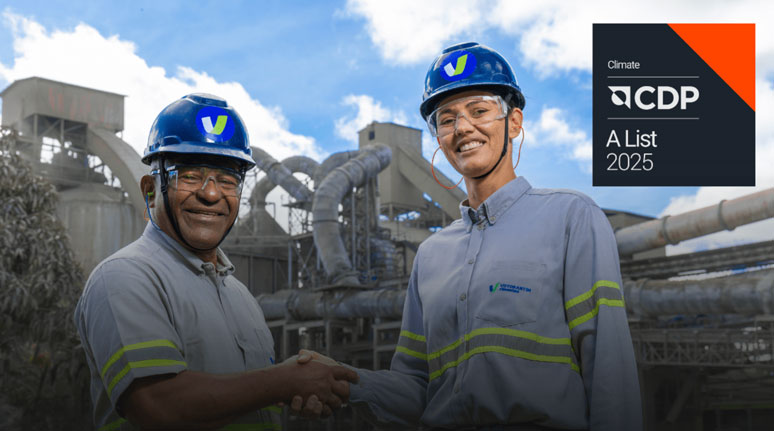LafargeHolcim, the world’s largest cement producer, announced that sales volumes in all product lines declined slightly in the first nine months of 2015 due to lower than expected demand in a number of markets impacted by an economic downturn, notably in Brazil and China, and a lack of infrastructure projects in India. In the third quarter, volume trends stabilized and countries such as Argentina, Mexico, the Philippines and the United Kingdom continued to perform well. In the United States where the market recovery is well under way, the company saw an increasing capacity through revamping and reopening plants.
“The first nine months of this year and in particular the third quarter, have been impacted by the difficult economic context in some of our large markets, and considerable negative foreign exchange fluctuations,” said Eric Olsen, CEO of LafargeHolcim. “In addition, the closing of the merger triggered both one-off costs and organizational changes, the benefits of which will start coming through next year. At the same time, we have also seen solid market trends that, combined with our commercial efforts, led to good performance in several countries such as Argentina, Mexico, the Philippines, the United Kingdom and the United States.”
On a pro forma basis, the consolidated cement volumes for the group in the first nine months of 2015 decreased slightly by 1.3 percent to 189.2 million metric tons (Mt) as increased shipments in North America and Latin America were offset by declines in Europe and in China. Solid increases were however reported in many markets, including in Egypt, Mexico, Philippines, Canada and the United States.
Third-quarter net sales declined 8.7 percent to 7.83 billion Swiss francs ($7.65 billion) in the three months ending Sept. 30 from 8.57 billion Swiss francs ($8.38 billion) a year earlier. For the first nine months of 2015, net sales dropped 6.5 percent to 22.04 billion Swiss francs ($2.15 billion). Operating profit before interest, depreciation and amortization for the third quarter fell to 1.64 billion francs from 1.95 billion francs a year earlier.
The company plans to raise 3.5 billion Swiss francs ($3.4 billion) next year from selling off cement assets around the world as the recently merged group adjusts to tough conditions in important markets like China and India. It has started discussions with interested parties, including private-equity firms and industry rivals about some of the assets, with the proceeds set to be returned to shareholders through dividends or share buybacks, CEO Eric Olsen said, as well as being used to support the company’s balance sheet by paying down debt.
Olsen told The Wall Street Journal that he expected the first sales to be completed in the first half of 2016, while further asset pruning could also take place beyond the planned 3.5 billion francs of divestments. “We have a position of number 1, 2 or 3 in 70 percent of our markets. Where we don’t have that position we are looking at divesting or swapping assets,” said Olsen.
Moreover, at the Capital Markets Day on Dec. 1, LafargeHolcim will present a three-year plan that includes a clear roadmap of how the company plans to achieve new targets, one of which is a cumulative 2016 to 2018 free cash flow generation of at least 10 billion Swiss francs ($9.78 billion).



